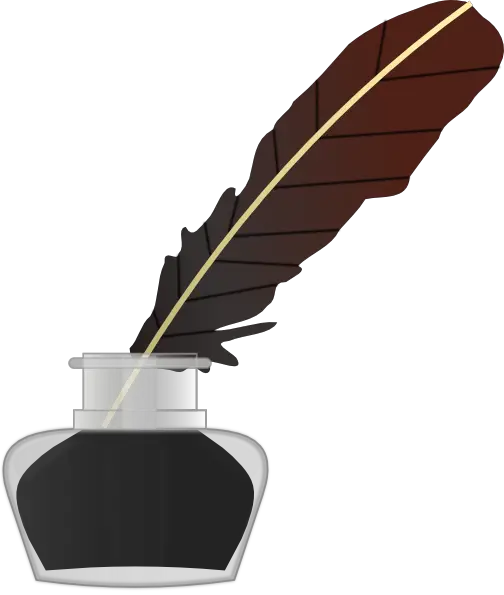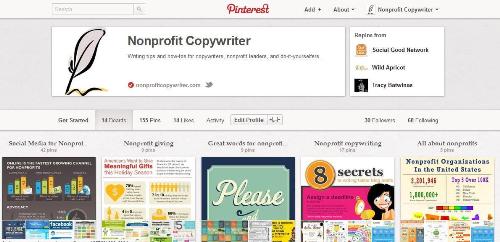Write Better. Right Away.
Volume 11, Number 15: Issue #107 ... ISSN: 1933-9690
Welcome, fellow writer!
Every couple of weeks, we’ll send you this newsletter packed with practical and useful writing tips to help you learn how to write better and how to write faster, no matter how much or how little writing experience you have.
Find Best-Selling Books about Writing for 99 Cents (or Less)
See the best-selling and most popular books and e-books about writing a novel, writing an e-book, writing articles – and more. Take a look.

Nonprofit Copywriter is on Pinterest. Join us!
Nonprofit Copywriter
FEATURE: How to Get Started Writing a Book Outline

|
A book outline is simply a way to organize your ideas so your book can become a reality.
To create a clear outline that saves you time in the long run, work from large to small. First you get your ideas out onto paper. Then organize them into sections (which become chapters), creating your book outline. Then summarize each section, creating a chapter plan.
Take these steps.
- Make a list. Get going by listing the points you know want to cover in your book.
- Look for blanks in the list. As you work on your list, you’ll discover there are some areas that will need more content or research. Make a note of these.
- Choose a structure for your book. Review your list of ideas and look for
organizational patterns. Can your notes be organized chronologically or in a specific order (Sequence Structure)? Perhaps your points can be organized topically and listed in points (Section Structure) or to make a point (Importance Structure). On the other hand, your ideas may lend themselves to being compared and contrasted with each other (Comparison Structure) or as connecting with one another (Cause and Effect.) Organizational patterns are most common in nonfiction works, so use a fiction story arc to structure your novel.
- Sort Ideas. Organize your brainstorming list into topics that fit together. These large groupings will become your chapters formatted into the book structure you selected.
- Create Topic Headings. Summarize each topic with a heading. Ask, “What is the main idea of this topic?” as you read through the content. Your list of topic headings become your book’s chapter titles.
You now have a book outline!
Get more help writing a book outline …
… and check out more tips for writing a book on our Pinterest board.
Stay tuned for more book writing help in the next issue of Word Wise.
More Tips for Getting Started Writing a Book
A Wise Word

|
Graphic: Nonprofit Copywriter and |
Check out more inspiring Quotes about Copywriting and Writing on our Pinterest board.
That’s it for now.
Words matter ... use them wisely!
Kathy with Nonprofit Copywriter
Email me with your comments and questions!
www.nonprofitcopywriter.com
P.S. Invite friends and colleagues to subscribe to Word Wise. Forward this issue or send them a link to Nonprofit Copywriter where they can sign up.





